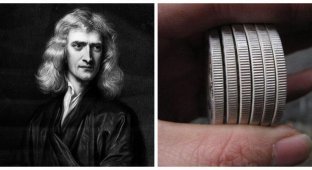Isaac Newton is one of the most famous figures in the history of science. The scientist's greatest achievement is the law of universal gravitation, which, as Newton claimed, came to his mind after the fall of a ripe fruit. 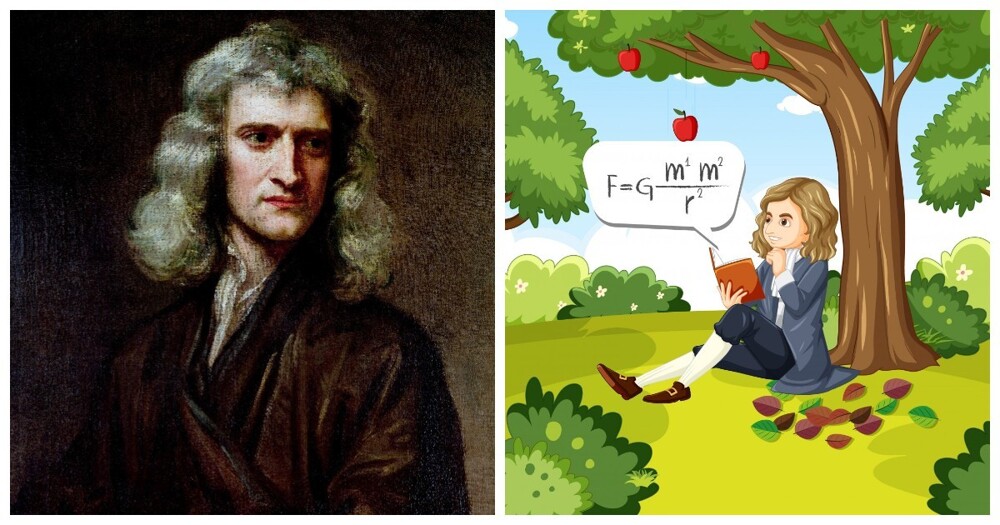
At that moment, Newton was sitting under the shade of branches in his family estate of Woolsthorpe. Interestingly, this tree has survived centuries and is still alive! 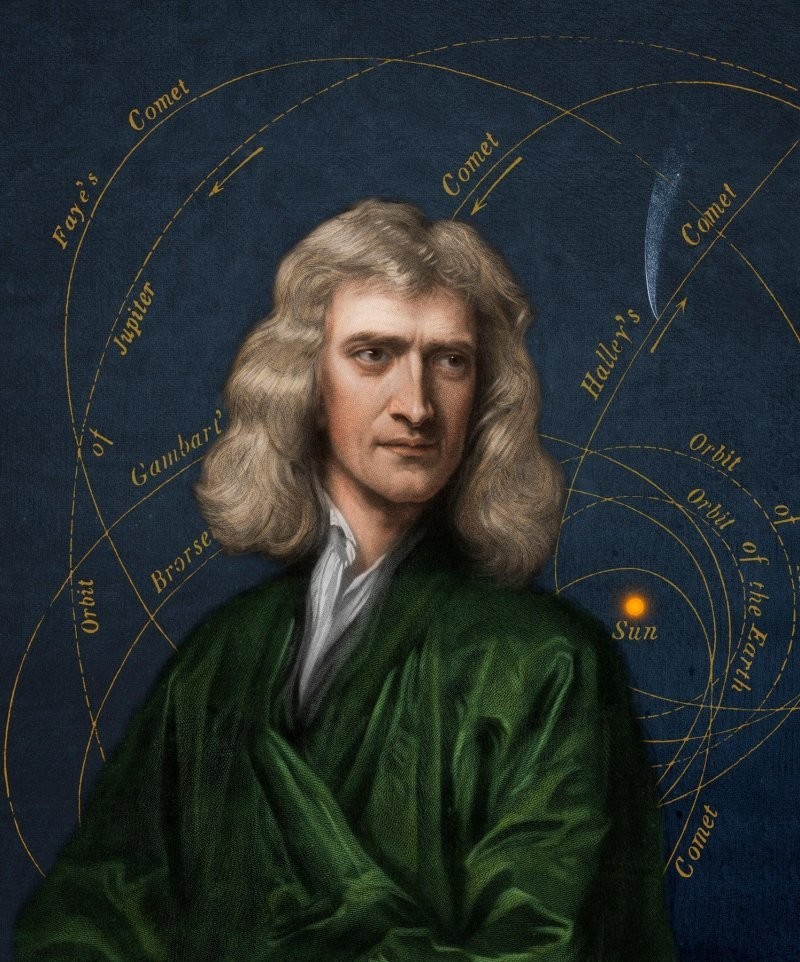
Isaac Newton was born on December 25, 1642 in Woolsthorpe-by-Colsterworth, Lincolnshire. The polymath showed an early inclination towards mathematics and the humanities, largely due to his attendance at the Royal School. He then went to college at Cambridge, where he immersed himself in philosophy and mathematics. 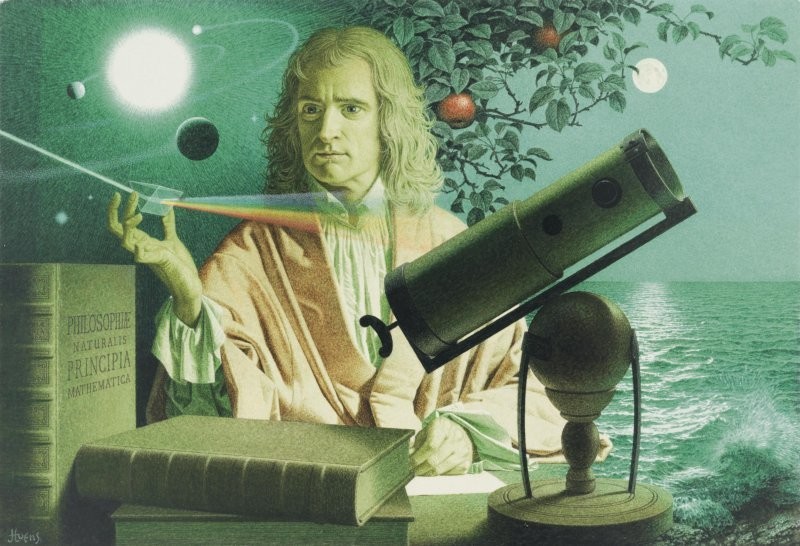
After graduating, he helped develop infinitesimal calculus with German mathematician Gottfried Wilhelm Leibniz and became a central figure in both the Scientific Revolution and the Enlightenment. 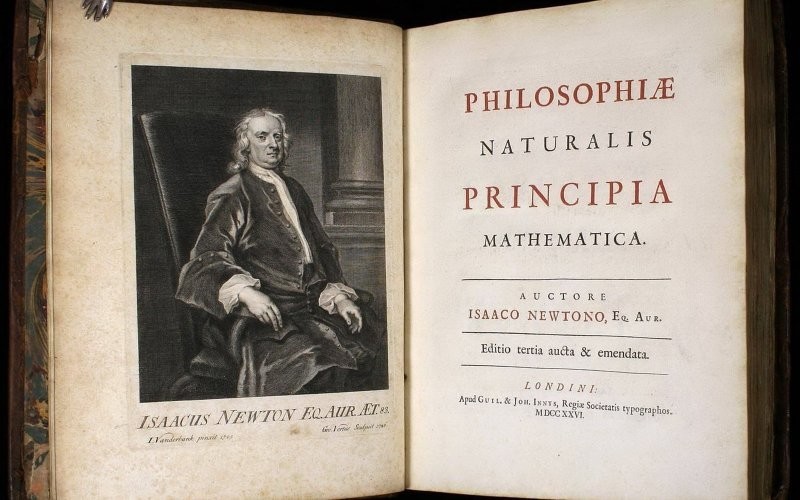
This is not all that Newton achieved in his life. He was instrumental in formulating the laws of gravity and motion, which he outlined in his 1867 work, The Mathematical Principles of Natural Philosophy, and was one of the pioneers of early modern chemistry.
Was there an apple? 
Woolsthorpe Manor
According to Isaac Newton, he was able to formulate his classical theory of gravity after an apple fell on his head. There is debate among historians about whether this really happened or is a myth. But the fact is that the scientist often shared this historical anecdote with other people.
Recalling what Newton told him in his biography, Memoirs of the Life of Sir Isaac Newton, William Stukeley wrote: “After dinner, when the weather was warm, we went into the garden and drank tea under the shade of the apple trees, just him and me. Among other conversations, he told me that he was in the same position as before when the concept of gravity occurred to him.” 
The estate today
It is difficult to say that this story actually took place. Even so, it may have been embellished over time.
Although no one is sure that Isaac Newton sat under this tree, there is such a possibility. Because in the garden of that same estate there is one tree preserved that is more than 400 years old. It was grown from surviving roots after the trunk broke during a severe storm in 1816.
This rather rare variety of apple tree, "Flower of Kent", still exists today. The tree is looked after by servants working on the estate. To prevent anyone from damaging it, a fence was erected. Trees live for centuries, and no one wants vandals or simply not particularly smart citizens to destroy this important part of history and science.
There are others 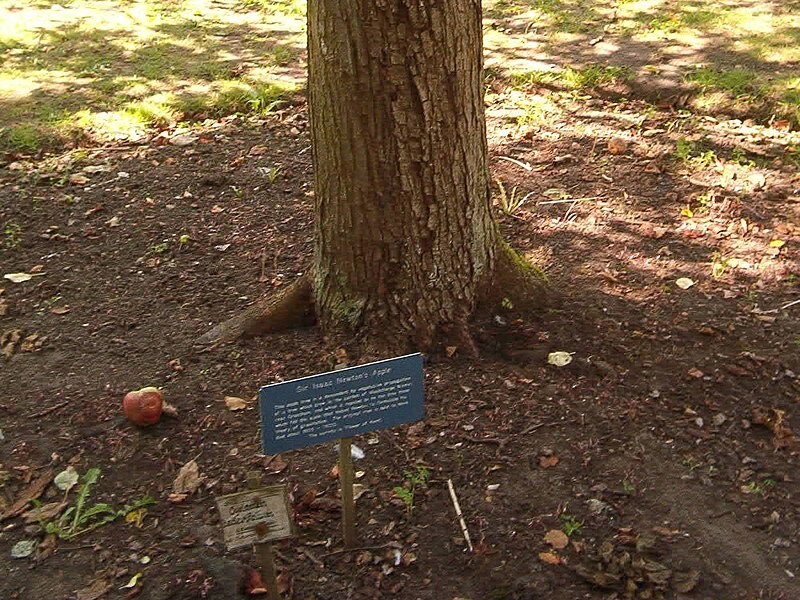
Newton's Apple Tree, Botanic Garden, Cambridge
The fact that the tree still exists is amazing in itself. But it is noteworthy that the apple tree has descendants growing in different countries of the world. Trinity College's most famous tree is genetically identical to the original, and Loughborough University was gifted five cuttings from the original tree to grow its own apple trees.
At the University of York there is a tree grown on the Woolsthorpe estate by the Reverend Charles Turnor in 1820. And on the way to its new home, it experienced many adventures. The apple tree has visited Belton Park, a research station in Kent, the Cambridge Botanic Garden and more.
Was it under that apple tree that Newton sat? And was there really an apple at the time of the fall? Is this really important, because trees and apple trees, especially those with history, will not be superfluous in any case. 
Add your comment
You might be interested in:













